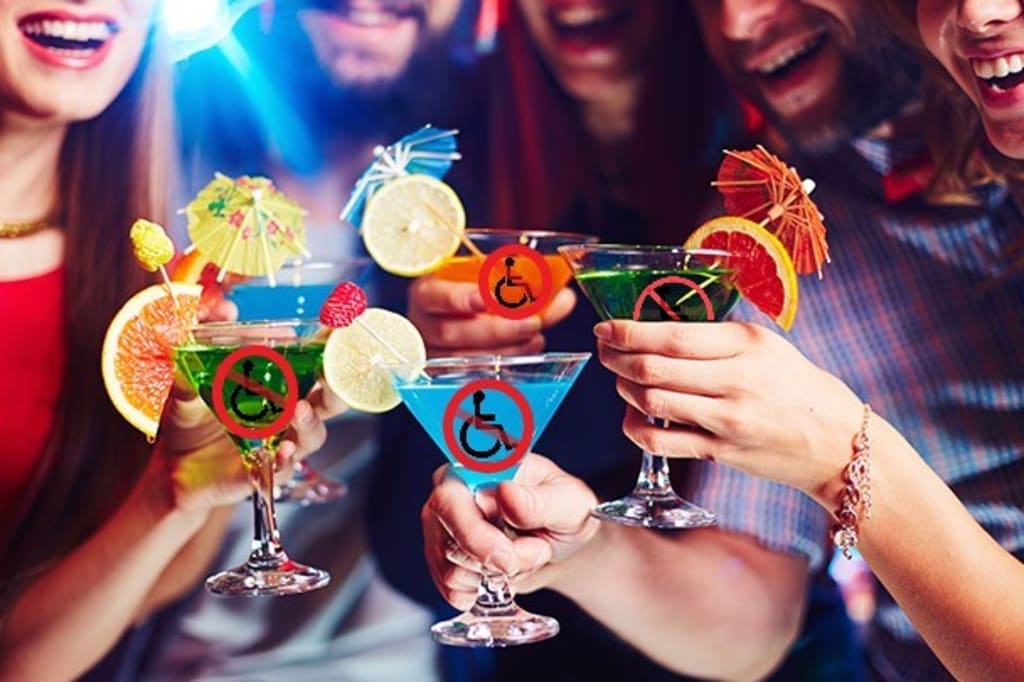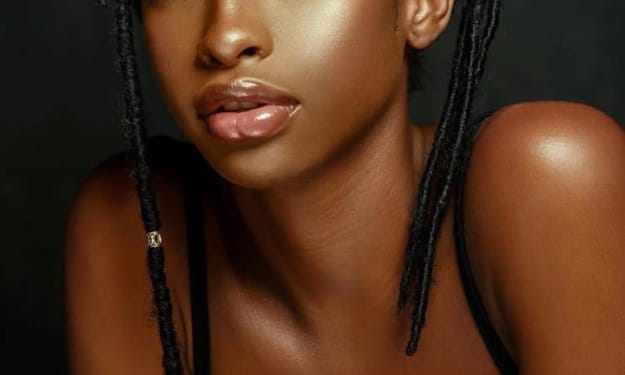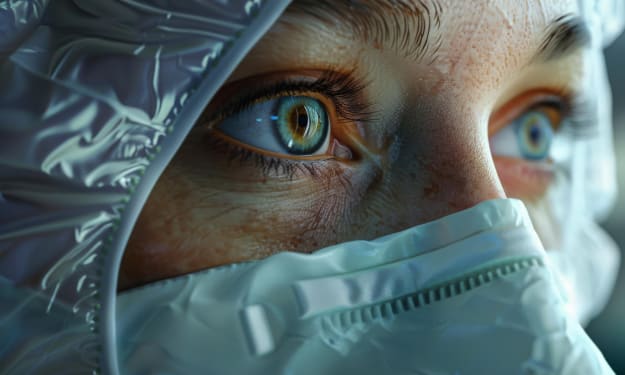VIP: Very Inaccessible Places
An auto-ethnography on the impacts of inaccessible nightlife

Nightlife venues can be inaccessible in terms of architecture meaning they lack structures like enlarged doors, adapted bathrooms and sinks or elevators when the venue is not on the ground floor, but also when prejudices make it hard for people with reduced mobility to feel welcomed. Usually, both work hand in hand because the latter justifies the former and the former reinforces the latter in the mind of able-bodied people and disabled people alike. I am a disabled young woman in my early twenties and eventually I won’t be able to go out in Montreal because of how inaccessible it is for people with reduced mobility, but I already feel the impacts of this exclusion. The first is sexual and gender related, hindering the sexual and gender development of disabled young adults, especially young women, and the second is social, the strengthening of negative stereotypes about disabled people.
It is a summer late afternoon, my friend just invited me to her girlfriend’s birthday party in one of Montreal’s most liked clubs of the Village and I accept. I look at pictures and reviews and notice that the club is on three floors plus the rooftop. I call the club to ask if there is an elevator and the employee laughs on the phone: ‘‘I mean… no’’, they say. I thank them and hang up. This is not the first time I have received laughter or dirty looks for asking about accessibility, but nightlife venues such as bars and clubs seem to be the worst, especially in Montreal. Elevators and ramps, things that would facilitate my life and that are needed by some, are seen as ridiculous in those facilities. This employee thinks that an elevator is not needed in a club because people who would need them perhaps don’t belong in a cool and sexy club like this one. I feel unwanted, like I am different. The inaccessibility of nightlife venues excludes me, and this exclusion makes me feel less than and encourages a false narrative about me and others who also have reduced mobility.
As bars and clubs have become more women friendly, public drinking within those institutions has become an important aspect in the life of many young women (Kovac & Trussel, 2015). From the getting ready process to the end of the night, with or without a partner, nightlife venues can provide young women feelings of freedom and liberation, as well as an opportunity to destabilize dominant gender discourses (Kovac & Trussel, 2015). Gender development happens in the social sphere of life, and nightlife might be an important space in which it occurs (Kovac & Trussel, 2015). Disabled women often do not have access to nightlife due to the inaccessibility of these venues which robs them of a space where they could grow as gendered sexual beings. This exclusion tells us a lot about the way disabled bodies are viewed: they do not belong in these spaces. Nightlife venues are gendered spaces because they are a floor for gender role construction and deconstruction, but they are also sexualized spaces because they allow and often promote sexualized interactions. The grooming process performed by young women before going out was described as a type of resistance seeking to challenge power (Kovac & Trussel, 2015) through the change in appearance, resistance that disabled women could benefit from because they are marginalized due to their gender and abilities. Clubbing can be a way to enhance confidence, acquire sexual power and ‘‘[expand] constructions of the feminine ideal’’ (Kovac & Trussel, 2015, p.206) which participates in both sexual and gender development. Findings ‘‘show that youth with physical disabilities face the same challenges related to identity, self-image, and social acceptance as their able-bodied peers’’ (Lauri & Treena, 2014, p.559) and therefore, the social validation and confidence that can be provided by socializing in nightlife venues is just as important for them. Everybody (or most people) want to feel desired and require to express themselves in a sexual way in order to experience personal growth (Lauri & Treena, 2014) and disabled people are often excluded from this development because it is assumed that they do not have those needs or that those needs are not a priority (Lauri & Treena, 2014); ‘‘Society fails to recognize the importance of sexuality for the well-being of all women’’ (Brodwin & Cheryl Frederick, 2010, p.39) and that includes women with reduced mobility. Furthermore, research shows that disabled people have lower self-esteem and self-image due to many factors such as their differences in terms of physical and sexual norms (Lauri & Treena, 2014), which can only be added to the fact that they are different due to their exclusion from these spaces. It was also shown that disabled women are never associated with femininity (Nario-Redmond, 2010), portraying them as almost genderless which can only affect their gender development. Making nightlife more accessible could give disabled people the opportunity to mirror the sexual and gender development of able-bodied people in a positive way.
Scholars have argued that ‘‘disabled people are stereotyped in pervasive and consistent ways’’ (Nario-Redmond, 2010, p.475). Words such as dependent, quiet, old, ugly, unpleasant, and asexual (Nario-Redmond, 2010) have been associated with the community, and especially with disabled women. Those stereotypes are believed to be true due to the system that links social desirability to bodily mobility (Lauri & Treena, 2014) and they can also affect the way facilities are built (Nario-Redmond, 2010), meaning the belief that disabled people simply do not belong in nightlife culture could be the reason why clubs, bars and strip clubs are believed to not require accessibility. Disabled people being excluded from these spaces that are associated with freedom, attractiveness and sex could reinforce the belief that they are dependent, unattractive and asexual since these adjectives are contradictory. Myths implying that disabled people are incapable of functioning in a responsibly sexual manner or that able-bodied people simply cannot be attracted to them are heavily damageable because not only do they strengthen the belief that people with disabilities don’t belong, they also imply that they should not enter sexualized spaces (Brodwin & Cheryl Frederick, 2010). One of the ways to change these beliefs could be for the people in power (able-bodied people) to share spaces with disabled people more often. Several have suggested increasing the inclusion of disabled people in public life (Nario-Redmond, 2010) and I think that including gendered and sexualized spaces like nightlife venues is crucial, especially when it comes to stereotypes regarding sexuality and gender, that way making them less ignorant.
Finally, inaccessibility is an architectural and social problem that as social consequences. There is no urge to physically adapt those spaces to the needs of people with reduced mobility because of the mental structures of the people in power and their belief that disabled people do not belong in these spaces because they do not fit in nightlife’s attractive, youthful and liberated culture. These beliefs could translate in explicit rejection, but they also exist in the non-verbal which then pressures disabled people to not go to these spaces even if they were adapted. This becomes a vicious circle: nightlife is not accessible because people don’t believe that disabled people belong in these spaces, and because people (able-bodied and disabled people alike) think they don’t belong, there is no change. Ultimately, this rejection impacts societal beliefs and disabled people as individuals. We should all keep in mind that the root of this problem is not disabled bodies and their limitations but rather the systems marginalizing and rejecting them.
Reference list
Brodwin, M. G., & Cheryl Frederick, P. (2010). Sexuality and societal beliefs regarding persons living with disabilities. Journal of Rehabilitation, 76(4), 37–37
Kovac, L. D., & Trussell, D. E. (2015). ‘classy and never trashy’: young women's experiences of nightclubs and the construction of gender and sexuality. Leisure Sciences, 37(3), 195–209. https://doi.org/10.1080/01490400.2014.986347
Lauri, J. E., & Treena, R. O. (2014). ‘why can't i?’: an exploration of sexuality and identity among canadian youth living with physical disabilities. Journal of Youth Studies, 17(5), 559–576. https://doi.org/10.1080/13676261.2013.834316
Nario-Redmond, M. R. (2010). Cultural stereotypes of disabled and non-disabled men and women: consensus for global category representations and diagnostic domains. The British Journal of Social Psychology, 49, 471–88. https://doi.org/10.1348/014466609X468411
About the Creator
Lonely Allie .
25 year-old disabled sociology and sexuality graduate trying to change the world. Nothing more, Nothing less.
Montreal based, LG[B]TQ+, Pro-Black Feminist.
You can find me at @lonelyallie on Instagram.






Comments
There are no comments for this story
Be the first to respond and start the conversation.